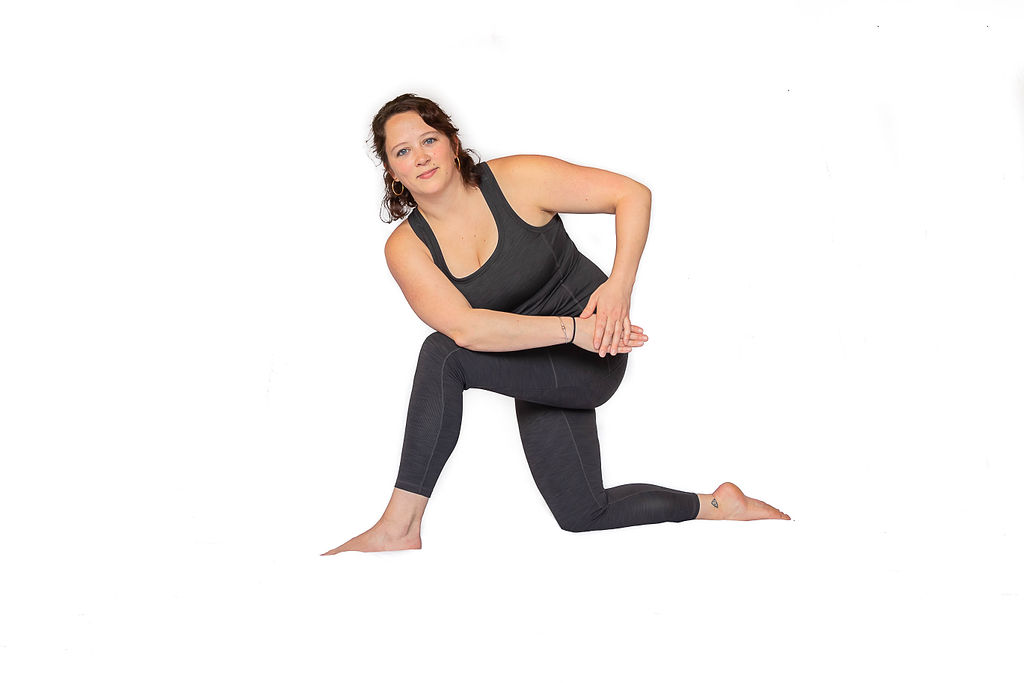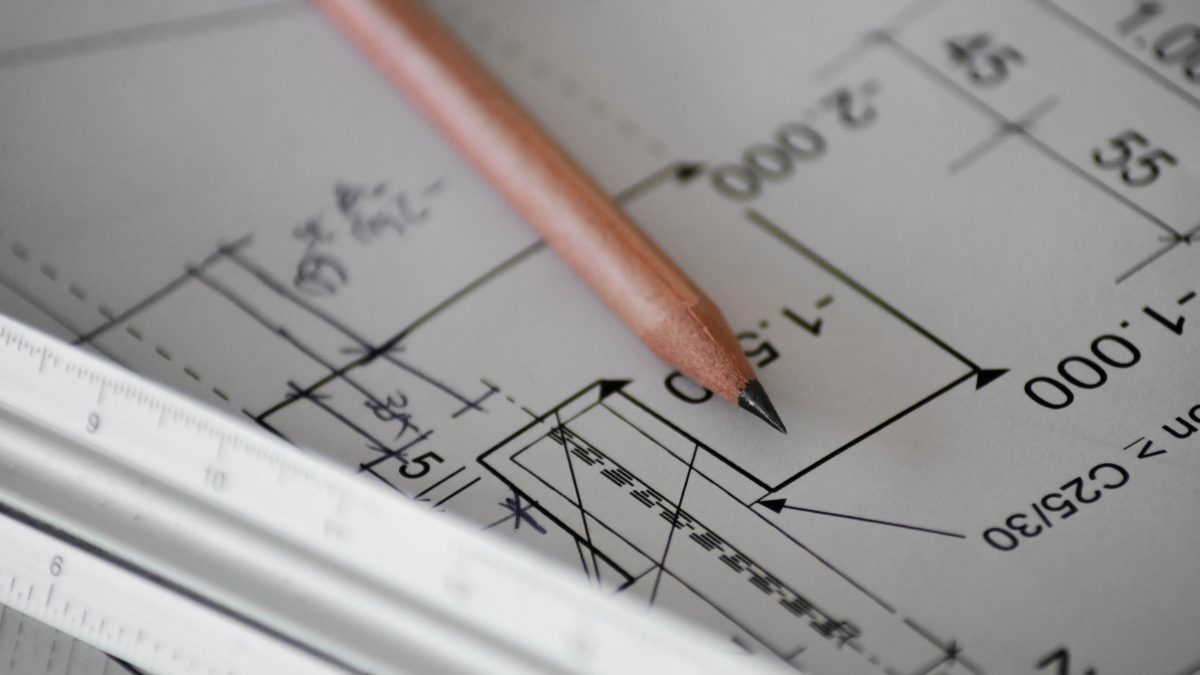Meridian Archetypes Part 2: The Architect
Our large intestine meridian archetype is the architect and perfectionist within us all. Our greatest social achievements come from the energy of this meridian, as do our strangest compulsions and moments of OCD. When in balance, the large intestine meridian gives us the drive and initiative to change the world. A healthy large intestine will support social leadership projects, ignite your ambition, and incite in you a larger vision for social change.
As you investigate the large intestine meridian inside you look at the quality of your friendships, your compulsive tendencies, issues in your lower digestive system, and any muscle imbalances in your upper back, neck, and shoulders. Infinity’s training system uses exercises that target the muscles along your meridian to bring them back into balance with the rest of the body.
As you learn about the large intestine keep in mind that its balancing meridian, the lung, is an equally important part of your healing process. The large intestine meridian’s corresponding muscles on the back of the body are the upper trapezius triceps, and posterior deltoids while the lung meridian muscles are found directly opposite on the front.
Since these muscles are necessary to maintain good posture, large intestine exercises are great to help with upper body strength and alignment. Gain access to your inner architect and tap into your ability to see the world in black and white. To understand the large intestine meridian’s place in our series we will examine its Western medicine functions, archetypes, common imbalances, and exercises to help restore the healthy flow of our meridian.
The Large Intestine in Western Medicine
Our gut is often referred to as our second brain. Much of our ability to think comes from the digestive system. In anthropology, the cooking of meat is often cited as one of the main reasons why humans were able to develop such complex brains. Many meridians play a role in our digestion process including the stomach, small intestine, gallbladder, liver, pancreas, spleen, and large intestine. The large intestine’s job is to absorb nutrients and water from partially digested food and to remove waste from the body. Our colon is contained within the large intestine and is the last stop in the digestive process before excretion.
Even small disruptions in our large intestines can cause seemingly unrelated health issues throughout our entire body. When waste is not properly removed from the body, it can affect the rhythm of our heart and breathing. Problems in the large intestine can lead to health issues such as asthma, bad breath, bloodshot eyes, dehydration, bloating, blood pressure problems, and constipation.
Cleanses for the large intestine and colon target the buildup of toxic substances that come from the food we eat. Colonics is a process where we physically remove waste build-up to aid in healthy digestive processes. Lymphatic drainage can also help with cleansing the body of unnecessary waste buildup in the lymphatic system. If excretion and absorption aren’t functioning properly, waste can build up in different parts of our body including the stomach, intestines, lymphatic system, fat cells, and skin.
Proper diet and exercise are crucial to the health of the large intestine. While the connection between mind and gut is still a subject of conjecture and debate, it is interesting to note the difference a healthy diet can make to your brain health.
Sayings such as “trust your gut,” “too difficult to stomach” and “to feel gutted” show the intuitive human sense that our guts and our emotions are linked. Exercises that target the large intestine meridian can help us explore that link and bring balance to the body.
The Exercises
Beginner


Intermediate
Grapevine arms, or assisted face-down grapevine arms

Advanced
Mula bandha
TRUST YOUR GUT: The Architect and the Large Intestine
Associated Archetypes: Architect, Activist, Dreamer, Visionary, Crusader, Warrior, Prince, Knight, Dictator

The large intestine meridian is the last stop in the digestive process. Food enters the body and by the time it reaches the large intestine, it is broken down to its essentials. The large intestine absorbs what is useful and discards what is not, creating a healthy, balanced body. Like the architect, the large intestine is only concerned with what is necessary for the stability of the body. It easily separates the good from the bad, the essential from the non-essential.
The large intestine meridian is so good at sorting essential emotions and thoughts that an overactive meridian can look apathetic, hard, and cold on the outside. The big picture becomes black and white. Pleasure in our accomplishments becomes near impossible because of our own high standards. To be in balance within our large intestine we need softness to counter the hardness.
Mula bandha, one of three “locks” that help us control the prana in the body, can also help to regulate your peristaltic rhythm. Peristaltic rhythm is the expansion and contraction of the smooth muscles of the large intestine which move waste through the digestive tract. Meditation and breathwork can be used to access the three bandhas and can help us clear physical, emotional, spiritual, and mental waste.
By using Infinity’s training system you can reestablish balance in your muscles and give power back to your inner Architect. Even those who feel strong in these areas may want to tap into the strengths of the large intestine meridian. Infinity’s exercises can help with that too. Use them at will to tap into the strength of your large intestine when feeling OCD, especially critical of yourself or others, or overly concerned with the details.
Balancing Control With Your Large Intestine
Large intestine imbalances primarily take shape as control issues. Being overly controlling doesn’t guarantee success. One way that we all experience this is during illness. For example, say we go to the doctor with a bacterial infection and get a course of antibiotics. We accept the doctor’s treatment instructions to take the antibiotics for 14 days. Then, fearful of not getting well and wanting to enact some control over an uncontrollable situation, we start to think that our 14-day course of antibiotics would be better if it was 28 days long. But there is a reason that your doctor gives you a 14-day course in the first place. By not listening to the instructions and trying to enact control incited by fear over our body’s healing process, we can cause our body harm.
Since the lung is the balancing meridian for the large intestine, the Desk Jockey case study from our lung article is also relevant for someone with large intestine imbalances. Any injury to the triceps, biceps, upper trapezius, levator scapula, posterior deltoids, and extensors of the arm can cause imbalances to the large intestine and lung meridians.
Other issues related to your large intestine meridian are constipation, diarrhea or irregular bowel movements, water dysregulation in the body, and dehydration leading to constipation. Our bodies are not separate pieces operating without regard to the whole. Muscles affect organs which in turn affect our mood, energy, and thoughts.
Our muscles are home to lots of pent-up emotions that only come to the surface when we are trying to heal. Know that you are not crazy, and it is entirely normal to cry, laugh, or get angry upon release of these physical blockages.
Infinity Flexibility does not just focus on the physical body. Your mental, emotional and spiritual health all play a role in balancing the meridians. If you find that you can be too perfectionistic, OCD, controlling, and critical, you may have a lung/large intestine imbalance. As you work to heal your meridians, become aware of these feelings, thoughts, emotions as they come to the surface and sit with them without judgment before breathing to release them.
Looking Forward…
In Chinese medicine, periods of transition are infused with earth energy. When great change is upon us, we need to be grounded and sturdy in our base. We allow change to wash over us; but like a tree in a flood, we sway with the flow of the water and do not drown.
The meridians that represent the earth element are the Stomach and the Spleen-Pancreas. The Stomach meridian houses the self-taught and the addicts. The Spleen meridian is the earth’s angel and martyr. Their exercises target the lateral quadriceps and the medial hamstrings. If you have issues with addiction or self-sacrifice or an injury to the stomach/spleen muscles, keep reading to learn more about the earth meridians.
Want to Work with Infinity?
Infinity Flexibility has in-person and online offerings to bring balance to your body, mind, and spirit including flexibility and strength training, lymphatic drainage, and massage. Massachusetts locals can now schedule online for in-person appointments at our Natick, MA office!
We are also in the process of creating virtual offerings, including online consultations and a video library for self-stretching on YouTube. Sign up for our newsletter to be among the first to know when new products and services become available.
Emma Matthies
Related posts
2 Comments
Leave a Reply Cancel reply
Categories
- Flexibility & Strength (13)
- Healing for Meridians (10)
- Holistic Lifestyle (5)
- Lymphatic Drainage (7)
- Massage (4)
- Meridian Archetypes (19)
- Spiritual (1)
- Traditional Chinese Medicine (12)


[…] Read more here. […]
[…] Read more here. […]